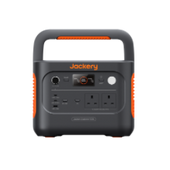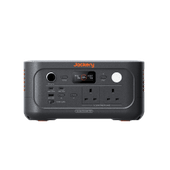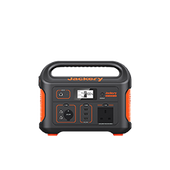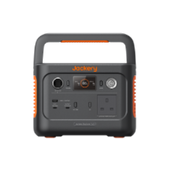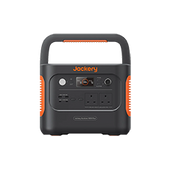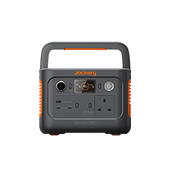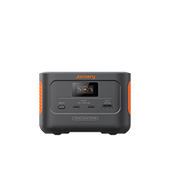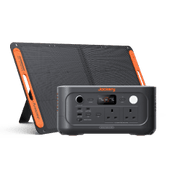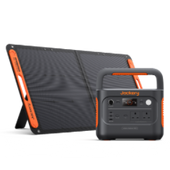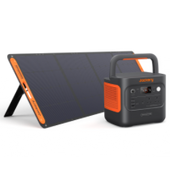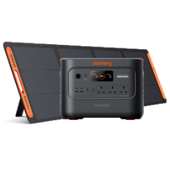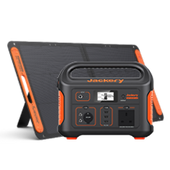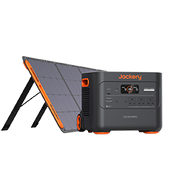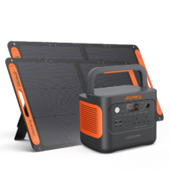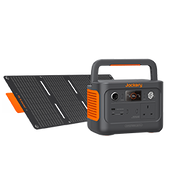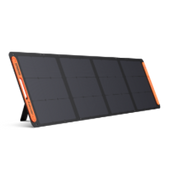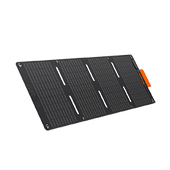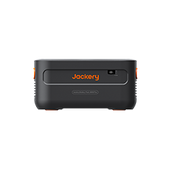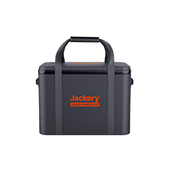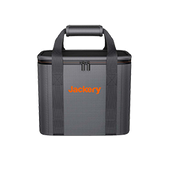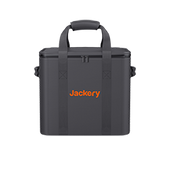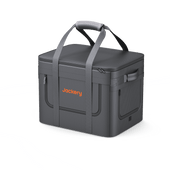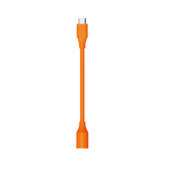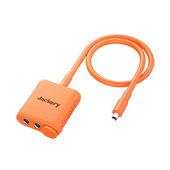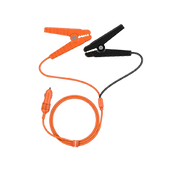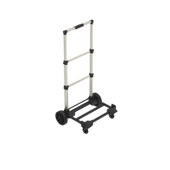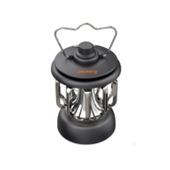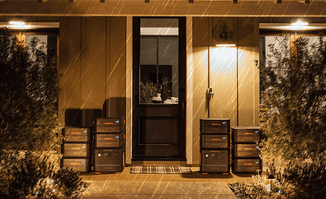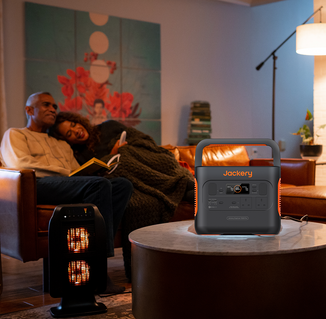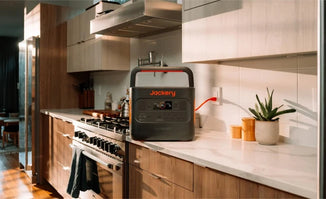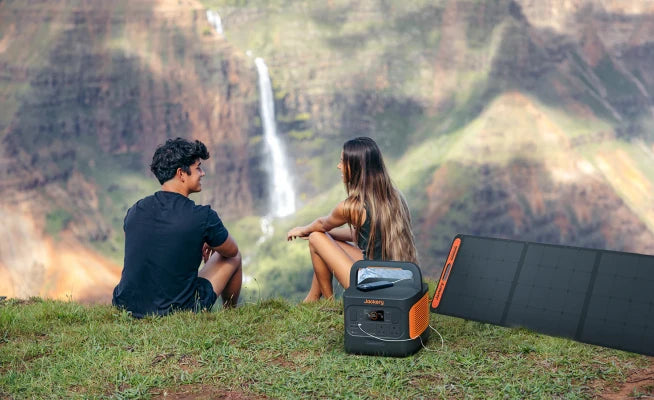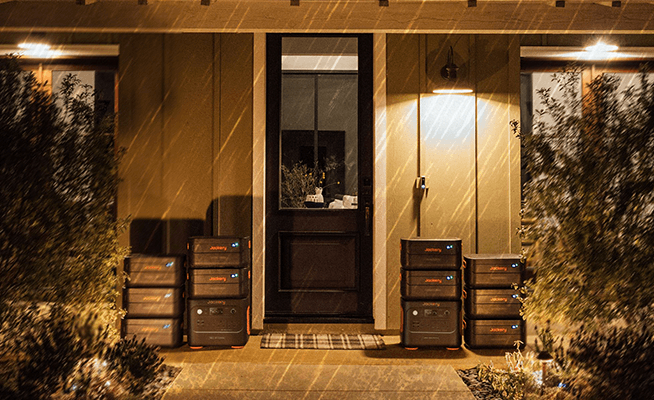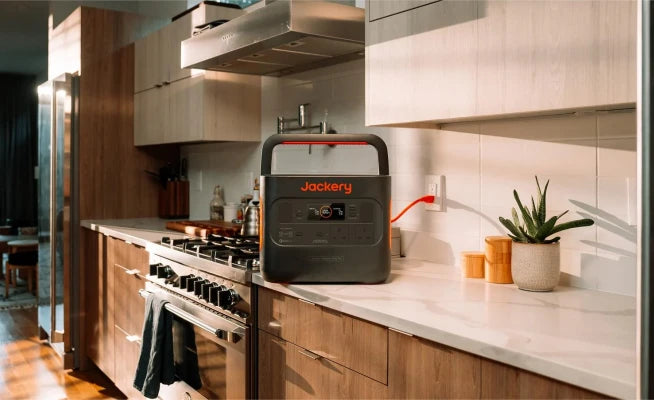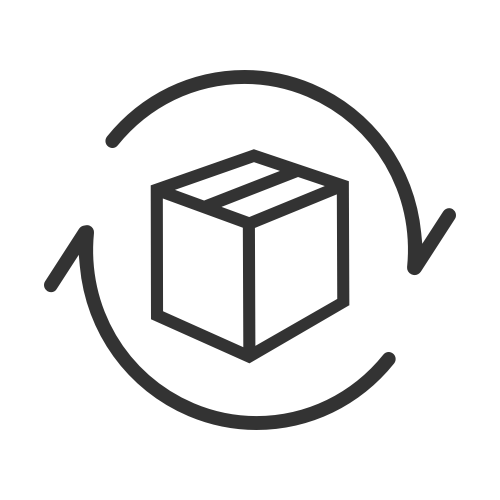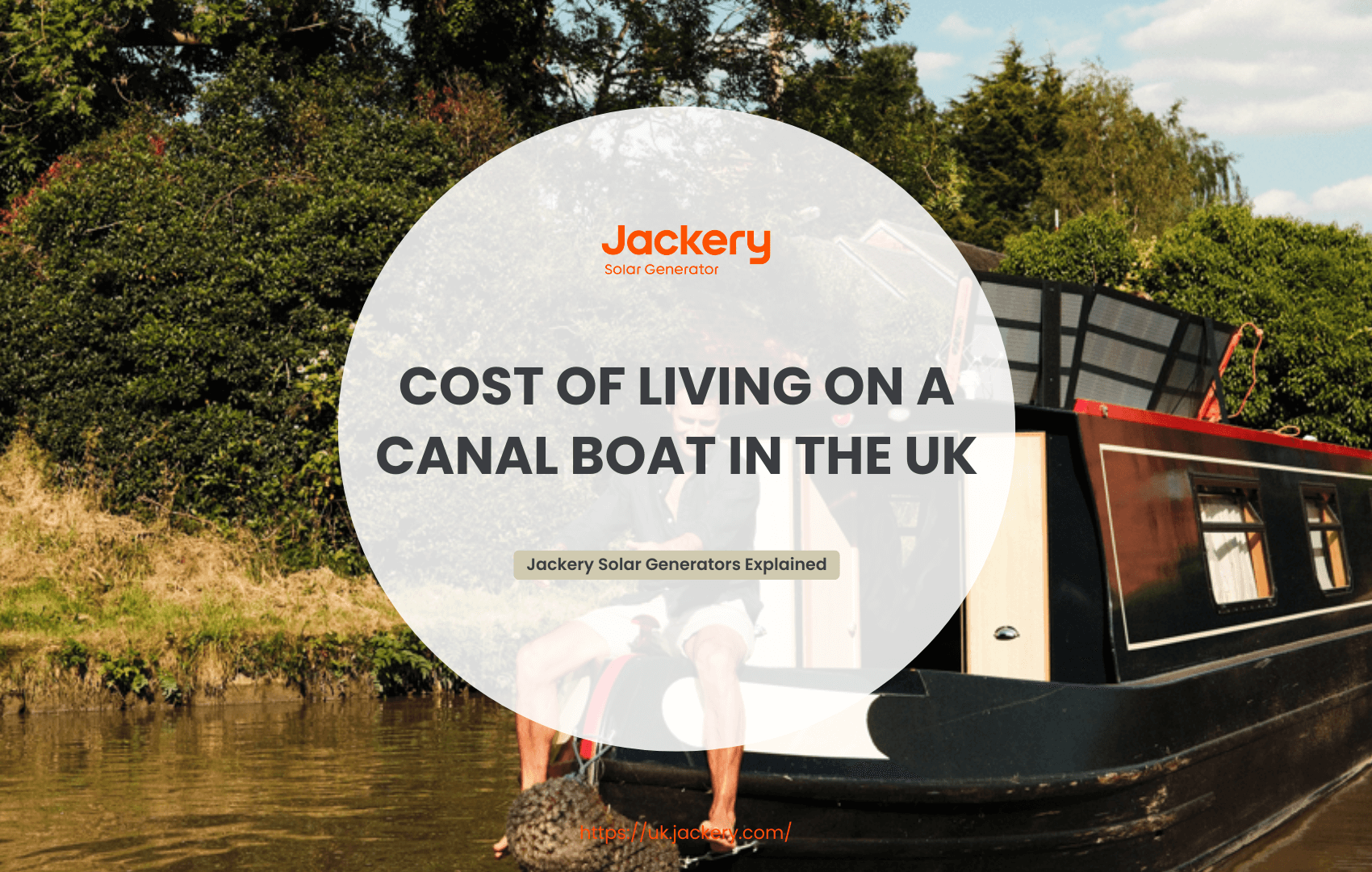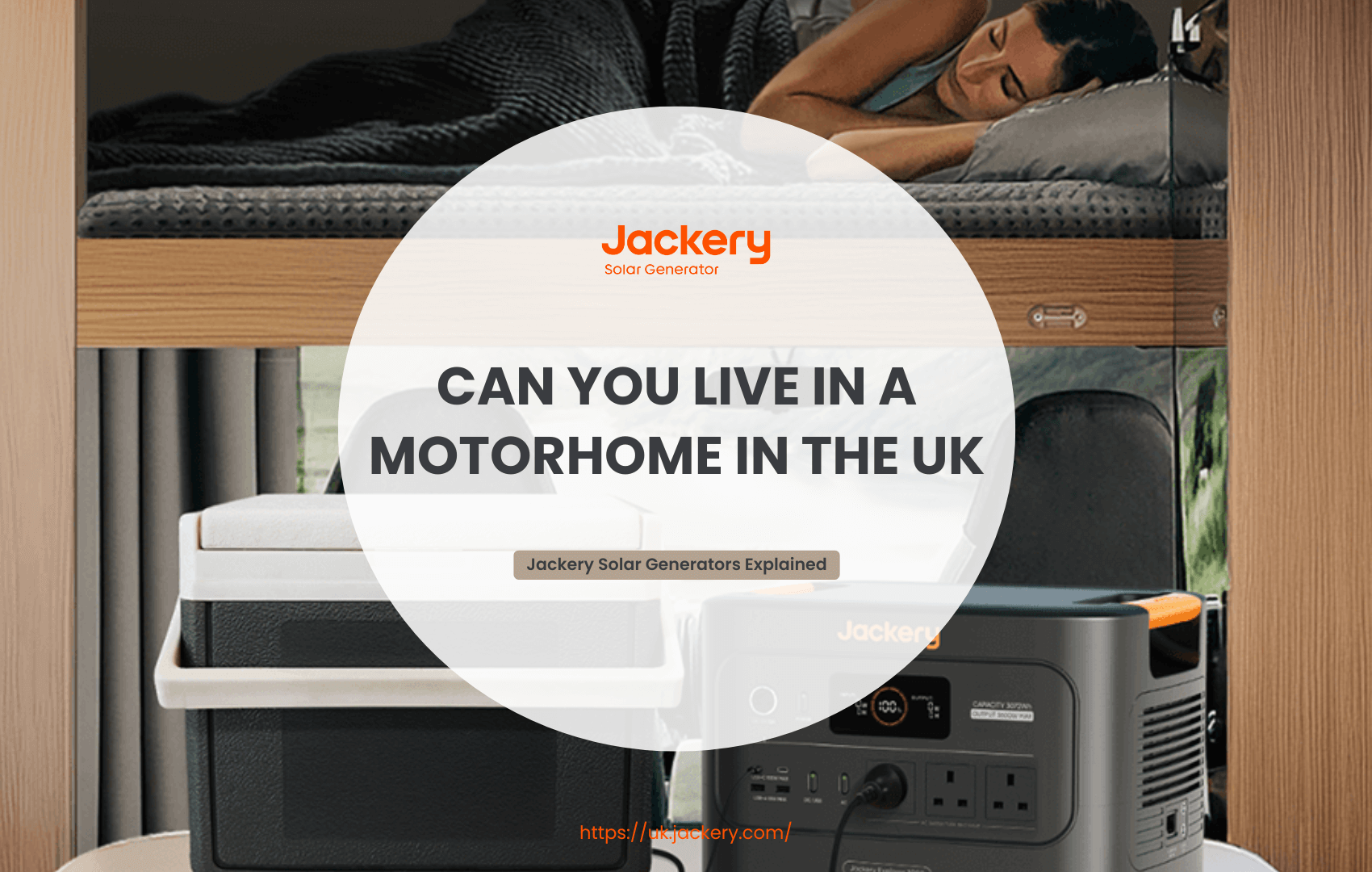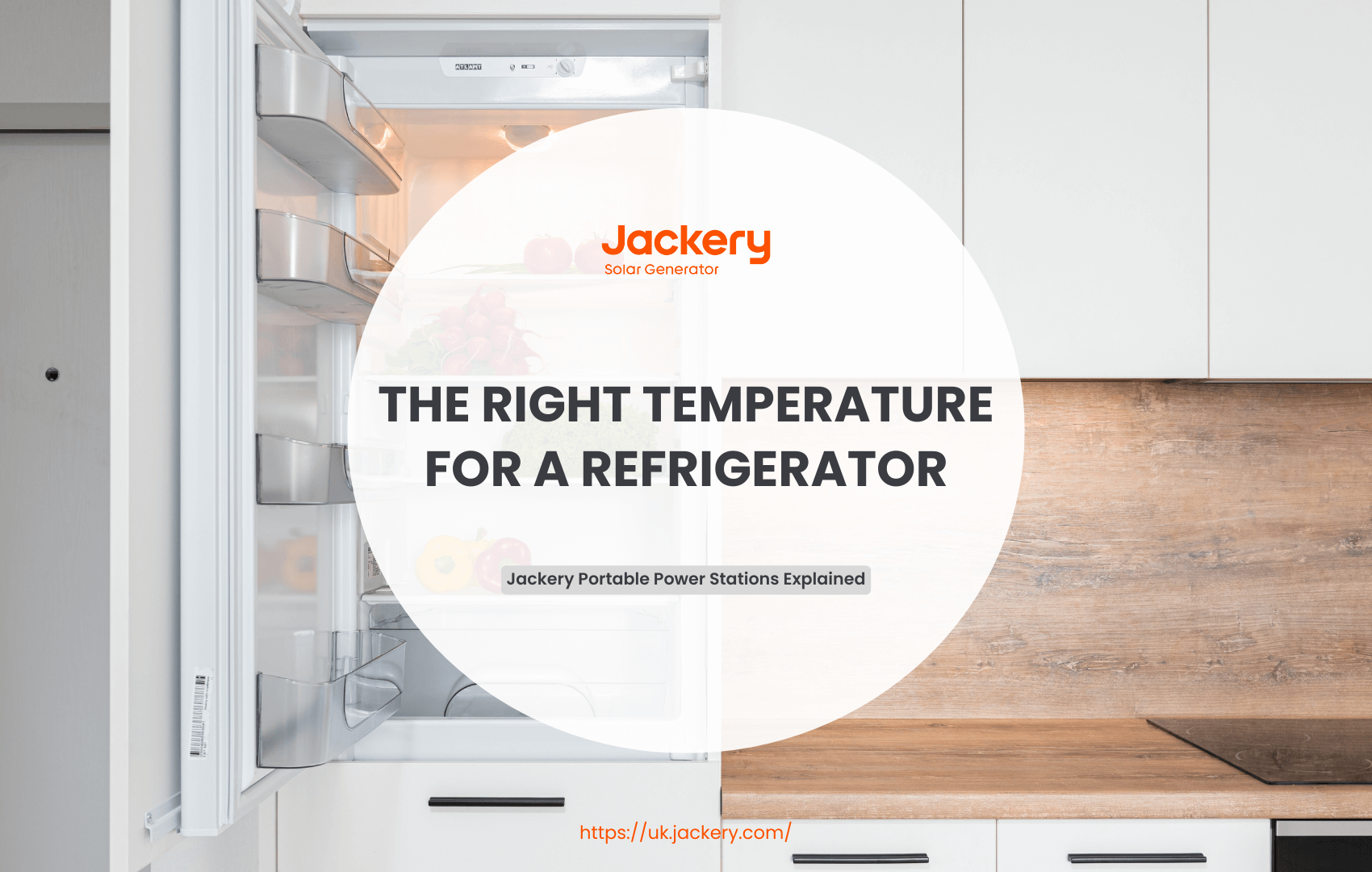In the UK, you are required by law to have the proper motorcycle license to ride your motorcycle on a public road. Starting the journey to get your motorcycle license is a big step, but it doesn't have to be complicated.
In the UK, to obtain a motorcycle license, you must pass both the theoretical test and the practical test (Modules 1 and 2) in sequence. The progressive route allows you to gradually obtain a motorcycle license, while the direct access route allows non-riders to get the corresponding license based on their age group. Use this guide to fully understand UK motorcycle licenses, types, processes, costs, and the time it takes to get your license.
|
Key Takeaways: |
|
Motorcycle License Categories in the UK
There are four main categories of license for riding a motorcycle in the UK: the A1, the A2, the A, and the top-level A1. Additionally, a provisional driving license is available. Let's take a closer look at each level:

AM License
At age 16, you can obtain an AM license. This allows you to ride a moped with an engine capacity of up to 50cc, reaching a top speed of approximately 28 mph (45 km/h), without L plates, and to carry a passenger.
A1 License
When you turn 17, you can upgrade to an A1 license. It permits you to ride a motorbike or scooter with a power output of up to 11 kW (maximum engine capacity: 125 cc) without L plates. You can travel on motorways with a pillion passenger. To obtain the A1 license, you must complete the CBT, pass both practical modules of the motorcycle test and take a theory test.
A2 License
The A2 license is for individuals aged 19 and above. It permits you to ride a motorbike or scooter with a power output of up to 35 kW (46.6 bhp), which often translates to an engine capacity of up to 500 cc or a restricted version of a larger, more powerful model. With an A2 license, you can transport passengers, drive on highways and remove L-plates.
A license
The Category A license allows you to ride a motorcycle of any size, without restrictions on power output. If you’re over 24 (or 21 with two years on an A2), you can complete your full motorcycle license by passing the necessary tests and gaining the freedom to ride any bike, with or without passengers, on any road.
Provisional Driving License
Before you can start your Compulsory Basic Training, you must first have a provisional driver's license. However, you must be at least 15 years and 9 months old. You must also be able to read license plate numbers from a distance of 20 metres. Following your application, the DVLA will send you a confirmation email.
How to Get a Motorcycle License in the UK: Theory and Practical Tests?
Obtaining a motorcycle license in the UK is a comprehensive, rigorous process that involves a theory exam and a practical test. Pass the theory exam and the modular practical exams (Module one and Module two) in sequence. You must pass a Motorcycle Theory Test before taking any Practical Test. Then, you have to pass module one before attempting module two.
The Theory Test
Before completing a Practical Motorcycle Test, you must first complete a Motorcycle Theory Test, which includes a Hazard Perception Test.
The theoretical test is comparable to that for vehicle drivers and consists of two parts:
A Multiple-Choice Section: 50 questions to answer in 57 minutes.
A Hazard Perception Section: a video test about recognising risks on the road.
To pass the test, you must pass both parts. You will receive your results shortly after your test. If you pass, you will receive a letter with a pass certificate number at the exam centre. You will need this while scheduling and taking your motorbike test.
Your Theory Test Pass Certificate is valid for two years, which means you must pass both modules of the motorcycle practical test within that time frame; otherwise, you must retake the theory test.
The Practical Test
The Practical Test consists of two parts that you must pass to obtain your license. These components are referred to as Modules 1 and 2. Before proceeding to module two, you must complete module one successfully. To book, go to the government's practical test booking portal.
Module One: This portion includes a 20-minute off-road driving module where riders are tested on the following skills:
|
A slow ride A U-turn Cornering and a controlled stop Cornering and an emergency stop (minimum speed of 19mph for mopeds and 31mph for motorcycles) Cornering and hazard avoidance (minimum speed of 19mph for mopeds and 31mph for motorcycles) Riding a slalom and a figure 8 Wheeling the moped or motorcycle and using the stand |
Module Two: The second module of the practical test is a 40-minute on-road test that includes questions about road riding, independent riding, and motorcycle safety.
Both modules have distinct passing criteria. At the end of the test, you will be told whether you passed module 1 or module 2. If you fail, you must reschedule the Module 1 test and pay again. You must choose a date that is at least three working days away. If you fail, you will need to reschedule your Module 2 test and pay the fee again. You must specify a date at least 10 working days following your initial try.

How to Get a Motorcycle License in the UK: The Progressive Path and the Direct Path?
One is the progressive route, and the other is the direct access route. If you are over 24 when you start learning to ride, then choose the second route. The first step in both is booking and taking a Compulsory Basic Training (CBT) course. This course teaches the basics of handling a motorcycle or moped and riding on the road. There is no test. Instead, your instructor gives you a certificate when they see you have reached a safe level of competence. The CBT certificate allows you to ride on the road alone.
The Progressive Route
The progressive method allows you to continue through the bike licenses, gaining riding experience along the way until you reach your full A license. Working your way up to higher-powered engines gradually increases your expertise and confidence.
This slow approach reduces the possibility of going in too deep too soon. Another advantage of the progressive path is that, by completing the licensing system and accumulating the required number of years of experience for each license, you will not be required to retake your motorcycle theory test.
Step 1: If you have the necessary years of experience and a valid theory test certificate, you can obtain an AM license (for a 50cc bike) if you are at least 16 years old.
Step 2: If you are 17 or older, obtain an A1 license (which allows you to ride a 125cc motorcycle).
Step 3: If you are 19 or older, obtain an A2 license (which limits you to a maximum horsepower of 47).
Step 4: A license (enabling you to ride any bike with any engine capacity) if you are 21 and have kept your A2 license for at least two years.

(Source: Devittinsurance)
If you start riding at 16, you can work your way through the categories in order, which means a rider can get a complete A motorcycle at 21 instead of waiting until 24.
The Direct Access Route
The direct access path occurs when a non-rider decides to obtain a license based on their age group and no prior riding experience. The Direct Access Scheme (DAS) route to a full motorcycle license is faster and slightly less expensive. DAS enables motorcyclists aged 24 and above to train and test on larger motorcycles (usually 600cc or more) and obtain a full Category A license. Comprehensive instruction includes off-road and on-road exercises, advanced riding tactics, road safety, and hazard perception.
If you are over 24 and want to obtain a full motorcycle license quickly, the Direct Access Scheme (DAS) training is for you. After passing the practical test, you will be awarded a Category A license, allowing you to ride any size motorcycle without restriction. It could take days or weeks, depending on your past knowledge and the difficulty of the instruction.
How Much Is It to Get a Motorcycle License in the UK?
The cost of a motorcycle license varies depending on the type of license and the method used to obtain it. To help you determine an average cost, we consider the expenses associated with mandatory basic training (CBT), theory and practical tests, as well as the varying costs of each license.
Cost of Provisional License: To apply online, you must pay a one-off fee of £34. If you prefer to apply by post, the price increases to £43.
Cost of CBT: The compulsory basic training cost can vary depending on which training school you attend and whether you bring your own moped/motorcycle. On average, though, it usually costs between £130 and £170.
Cost of the Theory Test and Practical Test: A motorbike theory test costs £23. The practical test is divided into two components. Module one costs £15.50, while module two costs £75 (£88.50 on evenings, weekends, and holidays).
Cost of Motorcycle Lessons: While the cost of the practical test is the same for all license categories, additional training and lessons are typically required for those seeking to ride more powerful bikes. For example, an A1 license course can cost between £400 and £600, while an A2 license course can cost anywhere between £500 and £1,100.
If you have limited riding experience, you have the option of paying for a direct access course, which can cost between £690 and £1,150, depending on whether you choose the three, four or five-day course.
In total, the full cost of a motorcycle license (including training) is over £800. Please note that costs are subject to change at any time. Please verify with the relevant authorities to confirm the latest fees and costs before proceeding.

How Long Does It Take to Get a Motorcycle License in the UK?
It should be clear that the length of time it takes you to get your full motorcycle license will depend on the route you choose to take. Depending on your age and abilities, it may take you anywhere from a few weeks to a few years.
How Long Does It Take to Get a Motorcycle License with the Progressive Approach?
If you took training before each license test, you'd need to allow 3 – 5 days for the license training and a half-day for the test. You’d spend around 13 – 21 days in motorcycle training and four days of testing over the five years of moving from CBT to a full unrestricted A license. If you start learning at age 16, you will not be able to work towards your full license until you're at least 21 – and only then when you've had an A2 license for at least two years.
How Long Does It Take to Obtain a Motorcycle License Using the DAS Approach?
If you're aged 24 or over, you can immediately start working towards your full license – but only after you've completed CBT. On average, completing your motorcycle training, which includes obtaining your license through this method, would take around 5 days – that's the CBT course and the DAS training. Allow another half day for the actual license test.
In general, you can spend 25 days studying over five years to get a full motorcycle license, or you can spend five days learning to ride and get the highest license for your age.
How to Improve Your Motorcycle Riding Skills?
Improving motorcycle riding skills is a continuous process of learning and practising. Always prioritise safety, continually challenge yourself, and steadily enhance your riding abilities. Here are some valuable recommendations to help you enhance your riding abilities:

Practice Constantly
Find a secure location to practice, such as an open parking lot or a specialised motorcycle training area. Next, practise various riding methods, such as cornering, braking, and shifting, until you have mastered them.
Improve Your Fitness and Endurance
Motorcycling is a physically demanding activity, particularly on lengthy excursions. Strengthening your core, arm, and neck muscles will help you maintain control of the car and prevent fatigue.
Master the Proper Riding Position
Relax your body while remaining awake. Hold the handlebars naturally with both hands, avoiding unnecessary stress or effort. Keep your elbows slightly bent to help absorb road vibrations and make modest directional changes. Keep your feet firmly on the pedals, and use your front feet to operate the rear brake and move gears.
Wear the Proper Protective Gear
A helmet is the most vital piece of protective gear. Choose one that meets safety requirements and wear it properly. Wear protective clothing, including gloves, knee pads, and elbow pads, to minimise the risk of injury in the event of an accident.
Attend a Professional Training Course
Enrol in a motorcycle riding training course and learn from a professional instructor. You'll gradually learn fundamental actions, including clutching, braking, and steering. Once you're comfortable with the tactics, you can register for additional training courses, such as off-road riding and advanced road riding, to develop more professional control and emergency response skills.
Jackery Portable Power Station for Motorcycle Touring
Today, an increasing number of people view riding a motorcycle as an entertaining and attractive outdoor activity. However, many people are also confused about how to obtain a motorcycle license in the UK. It's simple. You must pass both the corresponding theoretical and practical exams. Then, you need to practice continuously to pass the exam successfully.
Jackery Portable Power Station is a mobile power tool that is very suitable for recording motorcycle riding practice. Use Jackery Explorer 300 Plus to power a sports camera and fully record each practice process, so that you can review your technical movements later and improve them according to the exam standards. It not only ensures the continuous operation of various recording devices but also enhances the systematic and scientific nature of the practice, which helps to prepare for the UK motorcycle license efficiently.
Jackery Explorer 300 Plus Portable Power Station
Here are the advantages of the Jackery Explorer 300 Plus as a tool for taking your UK motorcycle license:

Large Power Capacity
The Jackery Explorer 300 Plus has a 300W AC pure sine wave inverter (600W surge peak) and a 288Wh battery, giving ample power for ride recording equipment. It can power equipment such as action cameras, smartphones, intercoms, and GPS recorders during long rides. This avoids the need to constantly look for a power source, making it ideal for multi-day UK rides or lengthy training routes with continuous recording.
Multi-Device Compatibility
The Jackery Explorer 300 Plus features one AC power outlet, one USB-A port, and one USB-C port, allowing it to charge up to four devices simultaneously. This enables rapid and convenient charging of many devices, reducing the need to carry multiple power banks. This not only simplifies device maintenance but also increases ride efficiency, making it especially valuable for preparation for Module 2 (the practical riding test) of the UK driving license exam.
Solar Charging
The Jackery Explorer 300 Plus can be charged using the Jackery Solar Panel. Advanced IBC (Interdigitated Back Contact) technology utilises electrical contacts on the back of the solar panel to ensure maximum light absorption. Its solar energy conversion efficiency reaches up to 25%, making it ideal for outdoor activities and emergency power outages. Even during extended periods of outdoor motorcycle practice, it can be charged from the sun. Using a single SolarSaga 200W solar panel, it can be charged solar-powered for four hours.
Lightweight and Portable Design
The Jackery Explorer 300 Plus operates on LiFePO4 batteries, making it smaller and lighter than other options. It's lightweight, weighing only 8.27 Ibs (3.75 kg), making it portable. It measures approximately 9.1 x 6.1 x 6.6 in (23 x 15.5 x 16.7 cm) and can be readily stored in a motorcycle trunk, backpack, or side bag. Furthermore, the handles make it simple to transport, and the non-slip surface prevents skidding while riding.
Safety and Durability
The Jackery Explorer 300 Plus features a long-lasting lithium-iron-phosphate (LFP) battery and a proprietary battery management system (BMS). This adds several safeguards against overcharging, overdischarging, short-circuiting, and overheating, hence increasing safety.
This ensures a safe power supply during rainy practice or winter riding, preventing moisture-related issues. Furthermore, the Explorer 300 Plus is made of UL 94V-0 flame-retardant materials, which provide level 9 impact resistance and exceed UL safety criteria. It can withstand several drops (up to three from a height of 0.9 meters).
|
Features of Jackery Explorer 300 Plus |
|
|
Portability |
Approx. 8.27 lbs (3.75 kg) Extremely light and compact, easy to pack into panniers or top box, freeing up crucial space and keeping the bike's load balanced. |
|
Capacity |
288 Wh Sufficient capacity to charge multiple essential devices (phone, camera batteries, comms, tablet) for several days, without being too large or heavy for a motorbike. |
|
Battery Type |
LiFePO4 (Lithium Iron Phosphate) 3000 cycles to 80%+ capacity Safer, more stable, and offers a significantly longer lifespan than standard Li-ion, making it a reliable, long-term investment for frequent touring. |
|
AC Output |
300W (Rated Power) / 600W (Surge Peak), 1 x UK Standard 3-Pin Outlet (Pure Sine Wave). |
|
DC/USB Outputs |
2 x USB-C (Up to 100W PD), 1 x USB-A (15W Max), 1 x 12V Car Port (10A). |
|
Running Time |
GPS Device (5W): 15.7 Hrs Drone (90W): 5 Charges Portable Fridge (60W): 3.4 Hrs Phone (29W): 13 Charges Smartwatch (5W): 15.7 Hrs |
FAQs
The following are the frequently asked questions about how to get a motorcycle license in the UK:
1. How do I get a full motorbike license in the UK?
To get a full UK motorbike license, you must complete a Compulsory Basic Training (CBT), pass a motorcycle theory test, and then pass a two-part practical test (Module 1 and Module 2). The specific pathway depends on your age, with the Direct Access Scheme (DAS) for those 24 and over offering a direct route to a whole Category A license.
2. How long does it take to get a motorcycle license in the UK?
A 1-day Compulsory Basic Training (CBT) certificate allows you to ride a 50cc moped if you hold a car license, while a full, unrestricted license requires passing theory and practical tests and can take weeks. In general, you can spend 25 days studying over five years to get a full motorcycle license, or you can spend five days learning to ride and get the highest license for your age.
3. How much is it to get a motorbike license in the UK?
The total cost to get a full motorbike license in the UK varies. Still, it typically includes the price of a Compulsory Basic Training (CBT) course, a provisional license, and your Module 1 and Module 2 tests. A comprehensive training package can range from approximately £800 to over £1,000, depending on your experience, the training school, and how many attempts at the tests you need.
4. What is the penalty for riding a motorbike without a license in the UK?
In the United Kingdom, driving a motorcycle without a license can result in a fine of up to £1,000, three to six points on your motorcycle license, and, in severe situations, imprisonment.
Final Thoughts
Obtaining your full motorcycle license is about more than simply the goal; it's about the fantastic trip that leads you there. You can study for 25 days over five years to obtain a complete motorcycle license, or you can learn to ride in five days and get the highest license available for your age.
Getting a license does not imply that you can ride freely. It's best to practise repeatedly until you've mastered the method. You can use a camera or other recording equipment to capture and evaluate the practice session. The Jackery Explorer 300 Plus powers the device used to record the practice sessions.

